Introduction
Brown rice, a whole-grain powerhouse celebrated for its nutty flavor, chewy texture, and impressive nutritional profile, has become a kitchen staple for health-conscious individuals worldwide. Unlike its polished counterpart, white rice, brown rice retains its bran layer and germ, making it richer in fiber, vitamins, and minerals. However, mastering the cooking process—particularly steaming—can be a culinary challenge. One of the most common questions home cooks face is: How long does it take to steam brown rice to perfection? This article delves into the science, techniques, and variables that influence steaming time, ensuring you achieve fluffy, tender grains every time.
The Basics of Steaming Brown Rice
Steaming brown rice involves cooking it in a sealed environment with a measured amount of water, allowing the grains to absorb moisture gradually without becoming waterlogged. The goal is to soften the fibrous bran layer while maintaining the rice’s distinct texture. To begin, you’ll need a few essential tools: a medium-to-large pot with a tight-fitting lid, a fine-mesh strainer, and a heat-resistant spatula or fork for fluffing.
The water-to-rice ratio is critical. For most recipes, a 2:1 ratio of water to brown rice is recommended. For example, 1 cup of brown rice requires 2 cups of water. However, this ratio can vary slightly based on factors like altitude, humidity, and personal preference. Some cooks prefer a slightly softer texture and opt for a 2.25:1 ratio, while others reduce the liquid to 1.75:1 for firmer grains. Experimentation is key to finding your ideal balance.
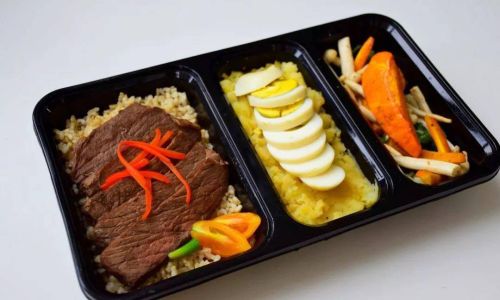
Factors Influencing Steaming Time
The time required to steam brown rice is not a one-size-fits-all answer. Several variables come into play, and understanding them will help you adjust your cooking method accordingly:
-
Rice Variety: Brown rice comes in short-grain, medium-grain, and long-grain varieties. Short-grain varieties, such as sushi rice, tend to be starchier and require slightly less water and a shorter cooking time (20–25 minutes). Long-grain varieties, like basmati or jasmine, are drier and may need 25–30 minutes to cook through.
-
Rice Age: Fresher rice cooks faster than older grains, which may have dried out over time. If your rice has been stored for months, consider adding 2–3 minutes to the cooking time.
-
Quantity: Cooking larger batches increases the total time. A single cup of rice might steam in 25 minutes, while 2 cups could take 30–35 minutes.
-
Desired Texture: Do you prefer al dente grains with a slight bite, or a softer, more tender texture? Adjust the cooking time by 5-minute increments to achieve your preferred consistency.
General Steaming Time Guidelines
On average, steaming brown rice takes 25–35 minutes after the water comes to a boil. Here’s a step-by-step breakdown:
-
Rinse the Rice: Place 1 cup of brown rice in a fine-mesh strainer and rinse under cold water until the water runs clear. This removes excess starch and prevents clumping.
-
Combine Rice and Water: In a pot, add the rinsed rice and 2 cups of water (or broth for added flavor). For a richer taste, substitute a portion of the water with coconut milk or vegetable stock.
-
Bring to a Boil: Cover the pot and bring the mixture to a rolling boil over high heat. This should take 3–5 minutes.
-
Reduce Heat and Simmer: Once boiling, reduce the heat to the lowest setting. Allow the rice to simmer gently for 25–30 minutes. Resist the urge to lift the lid, as this releases steam and disrupts the cooking process.
-
Check for Doneness: After 25 minutes, carefully lift the lid and test a grain. The rice should be tender but not mushy, with a slight chewiness. If the grains are still firm, cover the pot and cook for an additional 5 minutes.
-
Rest and Fluff: Turn off the heat and let the rice rest, covered, for 10 minutes. This allows residual steam to distribute evenly, ensuring uniform texture. Finally, fluff the rice with a fork to separate the grains.
Pre-Soaking: Does It Help?
Some recipes recommend pre-soaking brown rice to reduce cooking time. Soaking softens the bran layer, allowing moisture to penetrate faster. To pre-soak, cover the rice with water in a bowl and let it sit for 4–8 hours (or overnight) in the refrigerator. Drain thoroughly before cooking.
While soaking can shorten steaming time by 5–10 minutes, it’s not mandatory. If you’re short on time, skip the soak and adjust the cooking time accordingly. However, pre-soaked rice often yields a slightly fluffier texture, making it worth the effort for special occasions.
Cooking Methods Beyond the Stovetop
While the stovetop method is traditional, alternative appliances can streamline the process:
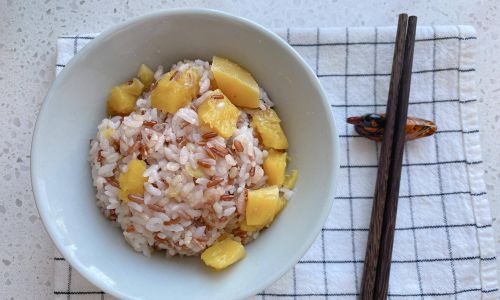
-
Rice Cooker: Most modern rice cookers have a dedicated “brown rice” setting. Add 1 cup of rice, 1.75–2 cups of water, and press start. Cooking times typically range from 45–60 minutes, but the appliance regulates heat automatically.
-
Instant Pot: Pressure cooking brown rice is a game-changer. Combine 1 cup of rice with 1.25 cups of water, secure the lid, and cook on high pressure for 15 minutes. Allow a 10-minute natural release before fluffing. Total time: ~30 minutes.
-
Oven Steaming: For large batches, preheat your oven to 375°F (190°C). Combine rice and water in an oven-safe dish, cover tightly with foil, and bake for 60–70 minutes. This method ensures even cooking but requires more hands-off time.
Troubleshooting Common Issues
Even seasoned cooks encounter hiccups. Here’s how to fix them:
-
Undercooked Rice: If the grains are still firm after 35 minutes, add 2–4 tablespoons of hot water, stir gently, and cook for an additional 5–10 minutes.
-
Overcooked Rice: Mushy rice results from excess water or over-steaming. Reduce the water ratio next time and set a timer to avoid overcooking.
-
Uneven Cooking: Ensure the pot has a tight-fitting lid to trap steam. If using a glass lid, cover the pot with aluminum foil to seal in moisture.
The Science Behind Steaming
Steaming relies on conduction and convection to transfer heat to the rice. As the water boils, it produces steam, which circulates around the grains, raising their temperature until the starches gelatinize. The bran layer acts as a barrier, slowing moisture absorption compared to white rice. This is why brown rice requires longer cooking times—and why patience is a virtue!
Nutritional Benefits of Brown Rice
Beyond its culinary appeal, brown rice is a nutritional powerhouse. A single cup (195 grams) provides:
- Fiber: 3.5 grams (14% of the Daily Value), promoting digestive health and satiety.
- Manganese: 88% of the DV, essential for bone health and metabolism.
- Magnesium: 21% of the DV, supporting muscle and nerve function.
- Selenium: 27% of the DV, an antioxidant that protects cells from damage.
Steaming preserves more nutrients than boiling, as fewer vitamins leach into the cooking liquid.
Serving Suggestions and Recipe Ideas
Steamed brown rice’s versatility shines in both savory and sweet dishes:
- Buddha Bowls: Pair with roasted vegetables, avocado, and tahini dressing.
- Rice Salad: Toss with cherry tomatoes, cucumber, feta, and lemon vinaigrette.
- Stuffed Peppers: Mix with ground turkey, black beans, and spices.
- Dessert Pudding: Simmer with coconut milk, cinnamon, and maple syrup.
Conclusion
Steaming brown rice to perfection is an art that balances science and intuition. While the general cooking time hovers between 25–35 minutes, factors like rice variety, quantity, and desired texture demand flexibility. By mastering the basics—from rinsing to resting—and experimenting with pre-soaking and alternative appliances, you’ll unlock the full potential of this wholesome grain. Whether you’re a busy parent, a fitness enthusiast, or a culinary adventurer, the reward of fluffy, aromatic brown rice is well worth the effort. So, the next time you ask, “How long should I steam brown rice?” remember: patience, precision, and a pinch of curiosity are your greatest allies.
Final Tip: Keep a kitchen journal to track your cooking times and adjustments. Over time, you’ll develop an intuitive grasp of steaming brown rice, turning a simple side dish into a culinary masterpiece.
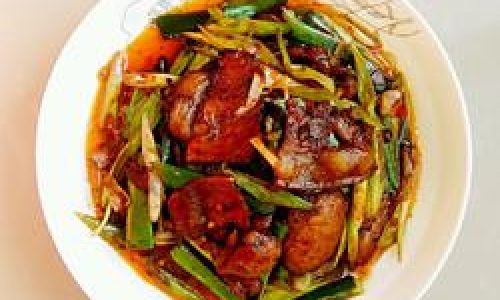
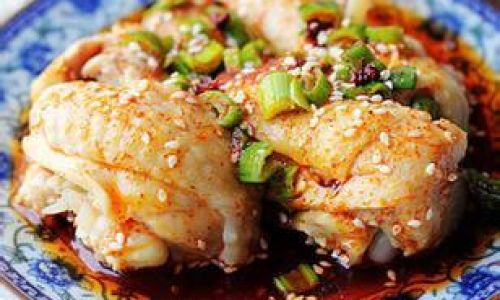

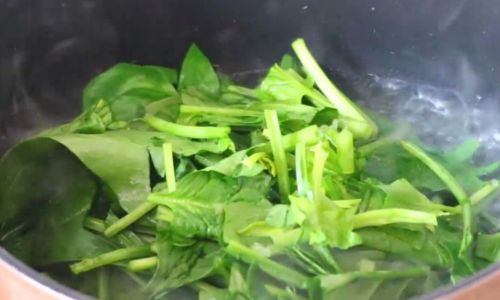
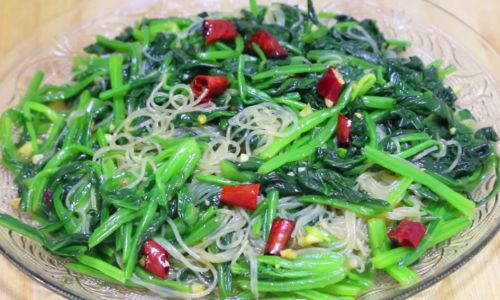
0 comments